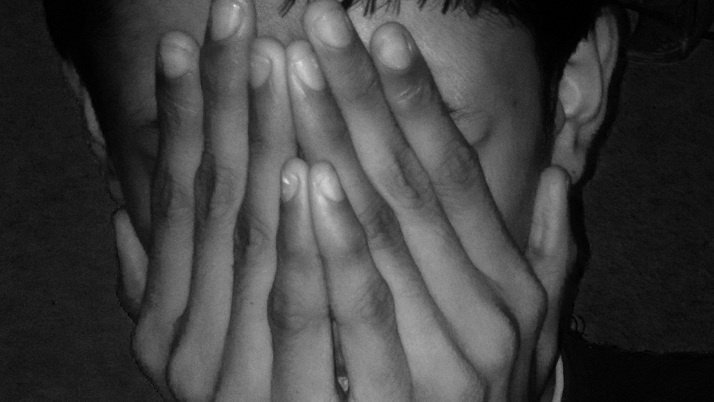- News & Comment
-
Online Shop
Online Services
Looseleafs
Law Reports
Books and eBooks
-
CPD & Events
Webinars
Events
- Authors
- About Family Law
- Contact







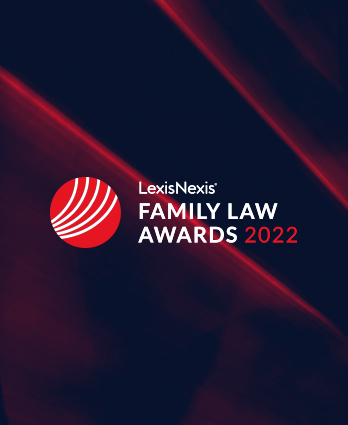
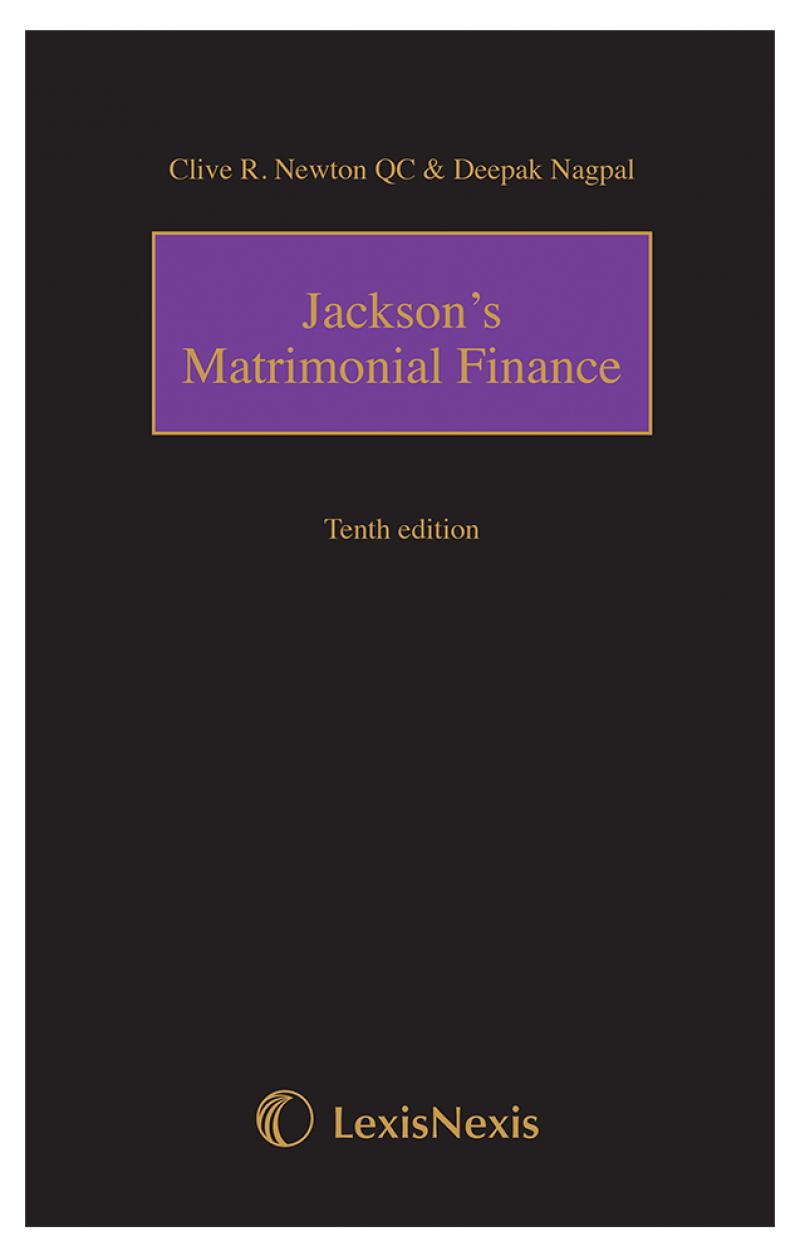


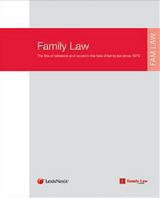
 31 MAR 2025
31 MAR 2025

 31 MAR 2025
31 MAR 2025

 31 MAR 2025
31 MAR 2025

 31 MAR 2025
31 MAR 2025

 31 MAR 2025
31 MAR 2025
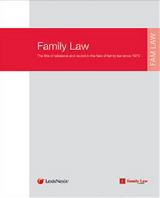






In Wolverhampton City Council v JA & Ors [2017] EWFC 62, Keehan J dealt with a care case which involved allegations of sexual abuse of two young girls. They were aged 13 (X) and 12 (Y) at the time of his judgment. The proceedings are continuing. There were a variety of allegations against the children’s father and two male friends of the mother dating back nearly ten years.
Keehan J summarised his conclusion on the facts he had found during the 17-day hearing that the girls had been subjected to ‘sustained and prolonged sexual abuse’ over a number of years by their father and the two males (YQ and ZK); to physical abuse by their father and their immediate family failed to protect them ([288]).
A number of questions in relation to the rules of evidence, the law on how children’s evidence should be treated and of professional privilege arise from the judgment. The first was dealt with in Pt 1: ‘Rules of evidence in care proceedings’; and the privilege aspects will be dealt with in Pt 3. This article deals with children’s evidence.
The obtaining of the evidence of children and of vulnerable witnesses (as defined by Youth Justice and Criminal Evidence Act 1999 ss 16 and 17; and see Evidence in family proceedings by David Burrows (2016, Jordans Publishing/LexisNexis) at Chapter 8) is dealt with by Achieving Best Evidence in Criminal Proceedings Guidance on interviewing victims and witnesses, and guidance on using special measures, March 2011, Ministry of Justice. There are frequent references to the ABE guidance in Keehan J’s judgment. As is well-known, though it refers to guidance for ‘criminal proceedings’, it is treated as equally appropriate to interviewing children for children proceedings (including for private law cases: see eg AS v TH (False Allegations of Abuse) [2016] EWHC 532 (Fam), MacDonald J.)
Of the law in relation to the children’s evidence and the allegations made by them whether in ABE interviews or otherwise the judge stated his approach to the law in outline at [17]:
MacDonald J’s ‘helpful summary’ is at [23] to [47] of AS v TH; but before that MacDonald J laments the failure of those involved in interviewing the children in the case (aged 10 and 6) to learn from the basic lessons of the Cleveland Inquiry of 1987 and its 1988 report. His summary, like that of Keehan J, distils his enormous experience of children law into 25 paras which – with the cases referred to – are surely required reading for specialist lawyers who deal with cases – private and public law – where child sexual abuse is alleged.
MacDonald J’s summary includes (with full case citation provided by the judge but not set in full here):
The judge moved on to deal more specifically with evidence of allegations of sexual abuse:
Further appraisal and criticism of the failures to interview properly were set out in [48] to [52]; and then the judge concluded with the following, to deal with cases where a court finds a failure to follow interviewing guidelines:
'[52] Where there has, as in this case, been a failure to follow the interviewing guidelines, the court is not compelled to disregard altogether the evidence obtained in interview but may rely on it together with other independent material to form a conclusion (Re B (Allegations of Sexual Abuse: Child’s Evidence) [2006] 2 FLR 1071). However, where the court finds that no evidential weight can be attached to the interviews the court may only come to a conclusion that relies on the content of those interviews where it has comprehensively reviewed all of the other evidence (TW v A City Council [2011] 1 FLR 1597).
As can be seen, the judge stresses the importance of taking into account tarnished evidence, alongside all ‘other independent material to form a conclusion’ ([and see (2) above). This suggests that spilt trials to deal with one aspect of evidence (see eg Carmarthen County Council v Y and others [2017] EWFC 36 (30 July 2017), Mostyn J).
Use of the term ‘disclosure’ remains rife in children cases (and, with respect to him, it is a term used consistently by Keehan J in the Wolverhampton case). This creates two separate problems for the family lawyer. MacDonald J refers to the first:
'[33] … I pause to note that despite the fact that the use of the term ‘disclosure’ to describe a statement or allegation of abuse made by a child has been deprecated since the Cleveland Report due to it precluding the notion that the abuse might not have occurred (see para 12.34(1)), every professional who gave evidence in this case (except the Children’s Guardian) used the term ‘disclosure’ to describe what the children had said to them.' [judge’s italics]
The second problem with use of ‘disclosure’ is that in all forms of court proceedings it means, specifically, telling another party that you have relevant documents or other material (see eg FPR 2010 r 21.1 for family proceedings) which they can then ask you to produce to them. In that context it goes on to become part of the concept of ‘privilege from disclosure’ (to be discussed in Pt 3).
Keehan J took account of the girls’ evidence (see eg [68], [80], [98], [213], [214], [216], [221], [222], [264] and [265]). He does not deal, in terms, with the question of their capacity (ie their ‘age and maturity’ in terms of United Nations Convention on the Rights of the Child 1989, Art 12 terms); but he certainly had in mind of any learning difficulties they may have had. He summarised this as follows:
'[259] X has learning difficulties and Y learning disabilities. Neither are able to focus or concentrate on one subject for more than a few minutes, although X’s difficulties are not as severe as Y’s.'
This is substantiated in the judge’s description of each girl. Of X, he said (at [23]), she ‘suffers from learning difficulties albeit to a lesser extent [than Y]’ She is ‘a forceful young person who is well able to express her views’. Of Y he said:
'[221] Y has severe learning difficulties and has difficulties expressing herself coherently. In considering her allegations and disclosures I have had regard to, as I have in respect of X, the professional reports upon her functioning and cognitive abilities.
[222] Y underwent two ABE interviews on 21 August 2015 and 25 April 2016. I watched extracts of the DVDs of these interviews as requested by counsel. Although it was often difficult to understand what Y was saying, her demeanour and body language was very striking and informative. At the first mention of her father, by way of example, the change in Y’s demeanour is dramatic. She had appeared relatively relaxed and comfortable in the interview room. When her father is mentioned she collapses back onto the sofa on which she is sitting, puts her hands over her face and immediately pulls her knees up to her face and wraps her arms around her legs: effectively wrapped into a tight ball….'
Of Y’s evidence he concludes (at [225]) that her comments provide ‘powerful evidence of the abuse she alleges she suffered from [her] father’. He treats what X and Y say as cogent, and applicable to his assessment of their case.
There was a variety of evidence for the court in the Wolverhampton case; and Keehan J reviewed it very fully in his judgment. The importance of what the children have to say; of the cogency of their evidence (which will depend on their age and on any learning difficulties they suffer); and of how the evidence is collected (ie ABE interviews correctly conducted) all comes into the judicial assessment. Keehan J and MacDonald J each explain this respectively in the Wolverhampton case and in AS v TH (above).
